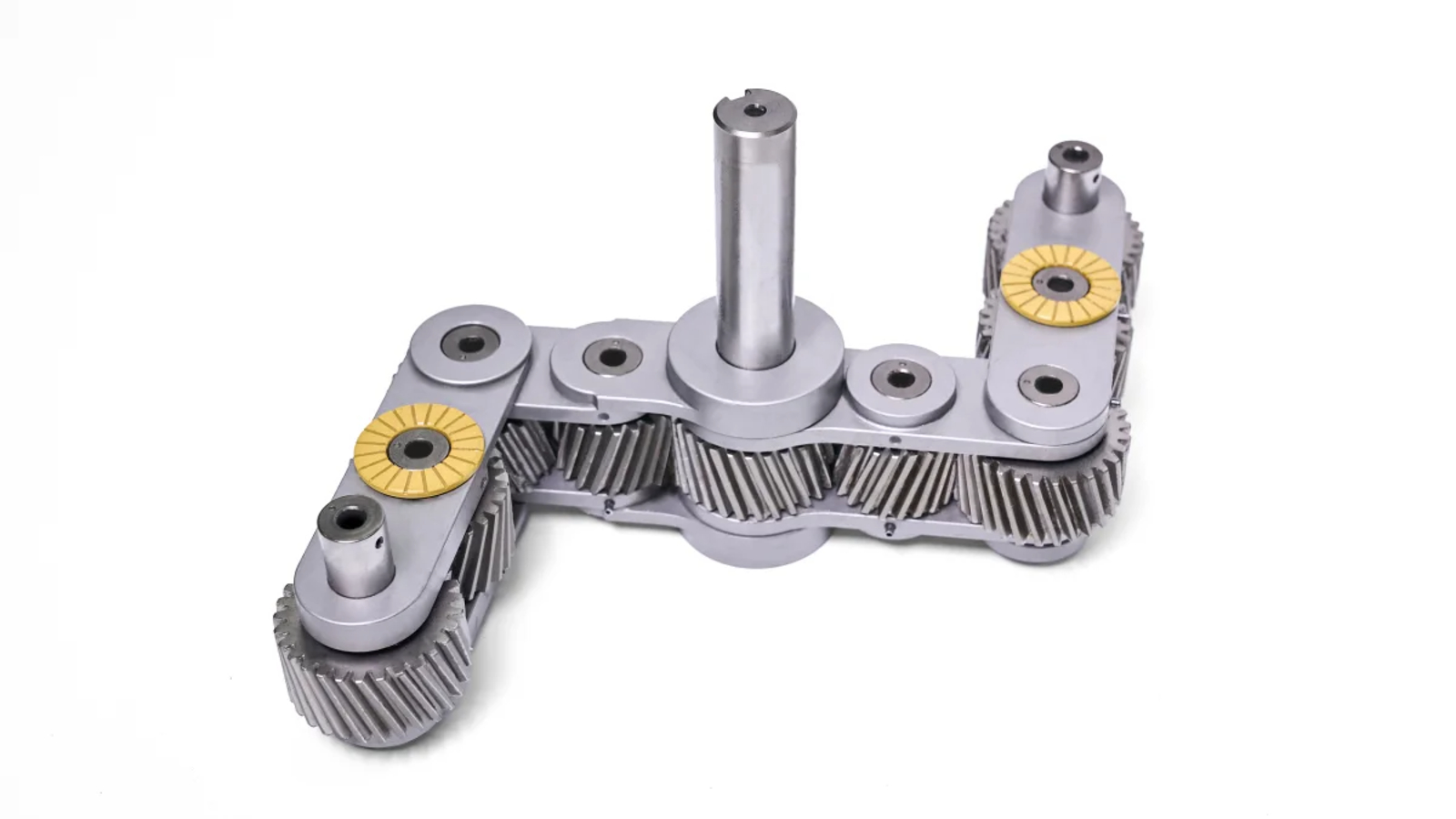Air conditioning and touchscreens didn’t alter how cars drove but did revolutionize the driving experience.
Can we please make touchscreens for neccessary functionality illegal, like using phones while driving?
Yeah, buttons can be found without looking.
They also provide tactile feedback allowing you to be sure they have been pressed without even looking.
If you’re gonna go through all this trouble, why not put motors directly into the wheels? Then you can bypass the drivetrain all together and directly power the wheels.
If you put the motor in the wheel you increase the unsuspended mass. Bad for handling and ride quality
4 motors is more expensive than 1 motor and a bunch of gears
Can we have more mechanical posts like this?
A new mechanical motion is a seriously big deal and doesn’t happen often.
No, you need 555 posts about the shit that a billionaire said about stuff he knows nothing about
So how does it handle potholes?
you didn’t watch the whole video huh?
Video is like the worst possible way to demonstrate something.
I can’t watch a video at the moment as I’m busy not working. I need quiet text thanks.
One thing I took from the article is they’re trying to sale the idea of having MORE space in a car due to smaller transmission system. In 1 presentation, they show the idea of putting a FUCKING DOUBLE BED IN THE CAR!
I DON’T want MORE space in the SAME sized cars.
I want the SAME space but in SMALLER sized cars.
The space we have now is FINE, and the car sizes are TOO BIG.
STOP MAKING BIGGER CARS!
You’re complaining like this doesn’t also mean the same space in smaller cars. Improvement is improvement.
BEHOLD
Corn?
There’s 2 significant inaccuracies in the article and 1 large oversight in the official video.
- Differentials are not one wheel drive. They can seem to drive only one wheel when spinning the wheels as one let’s loose and the other stays still, but it’s not driving one wheel. It’s still driving both. The problem is the free wheel is spinning at twice the speed indicated on the speedometer and the other is at 0. The driveshaft puts in a certain number of turns, the wheels, together, must add up to an equal output (multiplied by the gear ratio). If the car is going straight with full traction, then they turn the same. If you floor it in snow, one is probably spinning 40% over it’s share and the other 40% under. This is not unique to rwd either as fwd cars still very much have a functioning differential. To throw some numbers at it to help clarify the function, let’s say the engine is asking the wheels to spin at 30rpm each in a straight line. In a left turn, the right wheel travels further and needs to spin at 35rpm while the inner spins at 25rpm. It still adds up to 60rpm, same as a straight line. Mash it in the snow and it might be 60rpm in the left and 0nin the right or 0 in the left and 60 in the left. It could be 5/55, 40/20, or any other combo as long as it totals 60.
PS: differentials are irrelevant when the wheels aren’t connected to each other. Individual-motor wheels, as shown in the video, don’t need a diff. The non-drive wheels in a 2-wheel drive vehicle do not have a differential on the non-drive axle.
-
Cv joints are not specific to fwd as nearly all modern rwd cars with independent rear suspensions have CV joints. I don’t know of any trucks still using U-joints either since big trucks are solid axle. Cv joints function the same as U joints. The difference is C.V. joints output constant velocity whereas U-joints (what you’ll see often under trucks on the driveshaft, two square C shaft ends with an X link between) have lopey output that gets worse with greater deflection angle. If you own a u-joint bit for your socket wrench, I invite you to play with it. Instead of a solid pinned X between the U ends, CVs have free-rolling balls that can roll inboard and outboard to maintain the link between the shaft’s cup and the wheel’s cone.
-
The article is inaccurate but the video ignores this part, so I don’t fault The writer. The CV joints are said to be a poor design, yet, it ignores the part where the video reinstalls them at 4:20 and 5:10 for the front wheels. This mechanism does not allow angular deflection between the motor and hub, as it’s shown, without a CV joint. Lateral displacement, yes, but not angular - as in it can’t steer. This may be an overall improvement by reducing how often it needs to bend (only when steering), but it doesn’t eliminate it. And even then, the rear suspension is still designed to change camber as it changes ride height. Camber is the angle of the wheel as measured top to bottom, as in what you see from looking at the wheels from the front of the car. It keeps the wheels flat on the ground as you lean the car in a corner. You may see an overloaded car’s rear wheels look like /—\ as viewed from the rear or -–/ when hanging free on a lift.
Look, I’m not an engineer at Hyundai (or even a competitor) but this doesn’t quite pass the sniff test. Cool idea for sure, but it smells a little like marketing is clamoring for something edgy to display. Even as displayed, the motors and original reduces were already very compact and in close proximity to the wheels compared to a normal engine. The slightly reduced footprint of this uni wheel and slightly increased friction of a bunch of additional gears makes me think this is a fractional improvement in practice rather than a revolutionary improvement.



